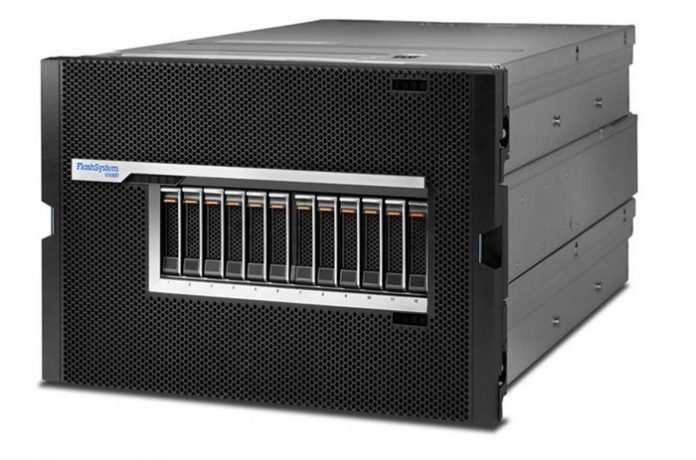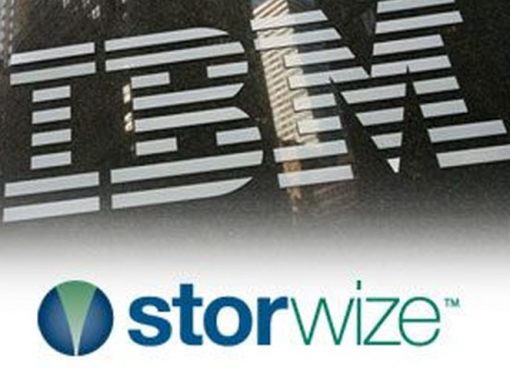Cisco Systems forecasts that mobile data will reach 77 exabytes per month by 2022. While most people don’t even think about the massive amount of data we create on a daily basis, telecommunications companies know all about it. The internet of things, smart devices and new content platforms have telecommunications companies facing a data onslaught.
Interestingly, most telecom providers are innovating with analytics to turn this data challenge into an opportunity. In this eWEEK Data Points article, using industry information from Josh Miner, Director of Technical Marketing at Yellowbrick Data, we’ll take a look at how they are optimizing their business from top to bottom.
Data Point No. 1: Basic steps telecoms are following
In general, telecoms are following the following basic steps:
- targeting marketing and adding new services to reduce subscriber churn;
- ensuring subscriber billing reflects actual usage and performing margin analysis, at a per phone call or per message level;
- reducing costs through optimal routing; and
- providing analytics to adjacent markets like content providers.
Telecom providers currently perform these analytics with many different technologies and platforms, an approach that is not sustainable in the long term. Telecom companies must continue to innovate to achieve two antithetical goals: ingest and analyze massive amounts of real-time and historical data, and reduce the number of separate analytics platforms they maintain to contain costs.
Let’s take a closer look at the challenges each of these goals presents, and how traditional and emerging technologies can address them.
Data Point No. 2: Modern telecom providers require fast, in-depth analytics
Telecommunications companies are both a conduit and a nexus for much of the data people and businesses use every day. Putting this data to use requires analytics that go beyond a business leader’s daily report. Telecommunications providers must analyze both real-time data and deep historical data to get insight as soon as it’s needed.
Some examples include:
- Giving subscribers a seamless experience including analytics that help optimize routing based on geographic location.
- Passing relevant data quickly between content and ad providers and a consumer’s application.
- Giving support and services personnel real-time visibility into devices to troubleshoot issues, while seeing historical usage patterns to recommend optimal plans or upgrades.
- Optimizing network infrastructure through the ability to see and route data in real-time to reduce congestion, while also examining historical congestion to determine if an issue is a one-time event or a symptom of infrastructure reaching its design limits.
Data Point No. 3: The problem of proliferating platforms
To tackle all these analytics challenges, Telecommunications companies currently have a host of technologies available. Technologies such as in-memory databases provide instant analytics for real-time data, Big Data technologies like Hadoop scale out to support massive historical data sets, while NoSQL databases help companies scale to support rapid data growth quickly and cost-effectively.
The problem is that in-memory databases are typically too expensive to host the petabytes of data that Telecom companies need to analyze, Big Data platforms are too slow to support real-time analytics, and NoSQL databases lack features of SQL databases that provide rich analytic capabilities.
In short, since no traditional solutions can meet the demanding analytics needs of these companies, most are implementing all of these technologies and more. This approach is unsustainable over time. Telecom providers will face continually increasing costs for hardware, space, power, and cooling. Managing and integrating analytics across all these platforms also becomes increasingly complex, error prone, and costly.
Data Point No. 4: Emerging technologies promise to solve the analytics challenge
Necessity, as they say, is the mother of invention. Telecom companies were among the first to deploy technologies such as in-memory databases and Hadoop. They are now among the first to deploy new and emerging technologies that can handle both real-time and historical analytics and scale without the hardware sprawl and management complexity. Converged flash architectures are now available that deliver memory-like performance from stateful media in a fraction of the space of traditional solutions.
New, high-performance SQL databases offer the ability to ingest real-time data as soon as it’s available, bulk load petabytes of data from other sources quickly, while providing features that analytics applications use to improve insight.
Source : https://www.eweek.com







